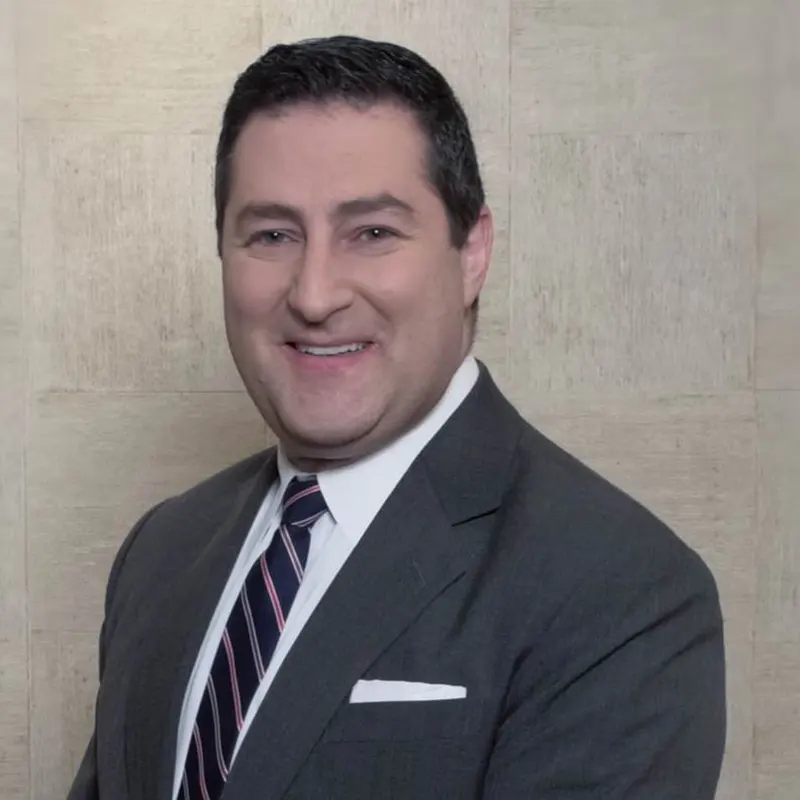

There are a few things all trusts have in common, explains the article “All trusts are not alike,” from the Times Herald-Record. They all have a “grantor,” the person who creates the trust, a “trustee,” the person who is in charge of the trust, and “beneficiaries,” the people who receive trust income or assets. After that, they are all different. Here’s an overview of the different types of trusts and how they are used in estate planning.
“Revocable Living Trust” is a trust created while the grantor is still alive, when assets are transferred into the trust. The trustee transfers assets to beneficiaries, when the grantor dies. The trustee does not have to be appointed by the court, so there’s no need for the assets in the trust to go through probate. Living trusts are used to save time and money, when settling estates and to avoid will contests.
A “Medicaid Asset Protection Trust” (MAPT) is an irrevocable trust created during the lifetime of the grantor. It is used to shield assets from the grantor’s nursing home costs but is only effective five years after assets have been placed in the trust. The assets are also shielded from home care costs after assets are in the trust for two and a half years. Assets in the MAPT trust do not go through probate.
The Supplemental or Special Needs Trust (SNT) is used to hold assets for a disabled person who receives means-tested government benefits, like Supplemental Security Income and Medicaid. The trustee is permitted to use the trust assets to benefit the individual but may not give trust assets directly to the individual. The SNT lets the beneficiary have access to assets, without jeopardizing their government benefits.
An “Inheritance Trust” is created by the grantor for a beneficiary and leaves the inheritance in trust for the beneficiary on the death of the trust’s creator. Assets do not go directly to the beneficiary. If the beneficiary dies, the remaining assets in the trust go to the beneficiary’s children, and not to the spouse. This is a means of keeping assets in the bloodline and protected from the beneficiary’s divorces, creditors and lawsuits.
An “Irrevocable Life Insurance Trust” (ILIT) owns life insurance to pay for the grantor’s estate taxes and keeps the value of the life insurance policy out of the grantor’s estate, minimizing estate taxes. As of this writing, the federal estate tax exemption is $11.58 million per person.
A “Pet Trust” holds assets to be used to care for the grantor’s surviving pets. There is a trustee who is charge of the assets, and usually a caretaker is tasked to care for the pets. There are instances where the same person serves as the trustee and the caretaker. When the pets die, remaining trust assets go to named contingent beneficiaries.
A “Testamentary Trust” is created by a will, and assets held in a Testamentary Trust do not avoid probate and do not help to minimize estate taxes.
An estate planning attorney in your area will know which of these trusts will best benefit your situation.
Reference: Times Herald-Record (August 1,2020) “All trusts are not alike”
Suggested Key Terms: Estate Planning, Trusts, Provisions, Grantor, Trustee, Beneficiaries, Revocable, Irrevocable Life Insurance, Testamentary, Special Needs, Medicaid Asset Protection, ILIT, MAPT, SNT
The 15 minute initial phone call is designed as a simple way for you to get to know us, and for our team to learn more about your unique estate planning needs.

